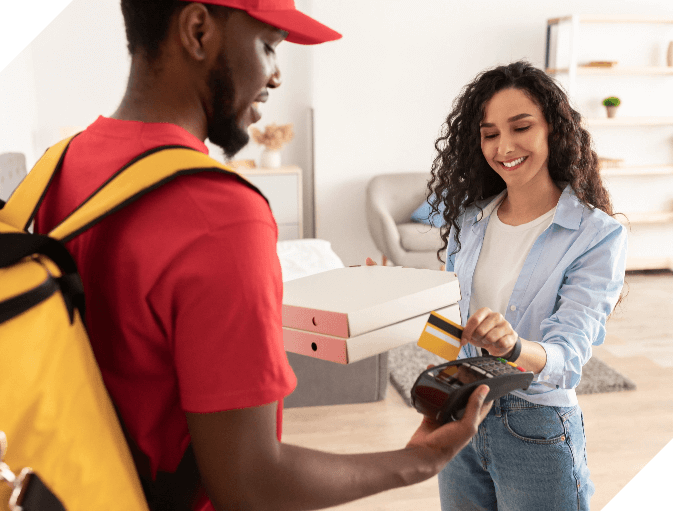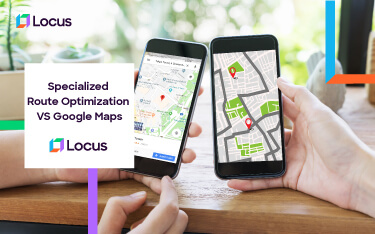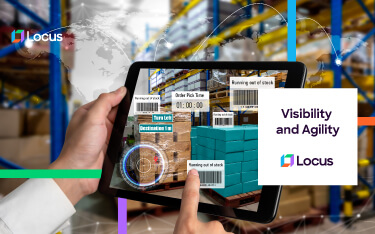Gone are the days when customers waited in long queues while shopping.
Online shopping keeps rising in popularity. In 2023, there were about 259 million online shoppers in the United States, and this number is projected to reach 288.45 million by 2025. Shoppers are attracted by the convenience and speed digital channels provide.
Recent McKinsey research shows that consumer confidence has dipped by 35% compared to 2024, yet spending continues as households adjust. Many are trading down to lower-priced brands, buying smaller pack sizes, or delaying discretionary purchases. Essentials such as groceries and household goods continue to drive steady spending. At the same time, consumers are beginning their holiday shopping earlier, especially millennials, shifting activity into Q3.
Delivery expectations remain high. Around 62% of online shoppers in the U.S. say shipping speed is critical to a positive experience, and nearly 74% state that delivery speed influences where they shop. For about one-third, a one-to-two-day window defines acceptable delivery. Customers also expect reliability, transparency, cost-effectiveness, and flexibility, including easy returns and clear tracking.
To capture loyalty in this environment, businesses must elevate last-mile delivery. Success depends on creating fulfillment systems that are fast, seamless, cost-efficient, and ready earlier in the shopping season to match changing consumer behavior.
What is Last-Mile Logistics?
Last-mile logistics is the process of transporting goods from a local distribution hub, such as a fulfillment center, cross-dock, or retail backroom, to the customer’s doorstep or a designated delivery location. It represents the costliest phase of the supply chain, often consuming 50–53% of total shipping expenses, largely due to fragmented routes, labor requirements, and urban congestion.
The prominence of last-mile logistics has expanded alongside the surge in e-commerce and omnichannel retail. Customers expect predictable delivery times, accurate ETAs, and the ability to reschedule on demand. Enterprises that build resilient last-mile systems gain a direct advantage in customer satisfaction, brand loyalty, and delivery profitability.
Steps involved in last-mile delivery
1. Customer places a delivery order:
The last mile logistics journey starts the moment a customer places an order—whether through an e-commerce platform, mobile app, or retail store. This triggers the fulfillment process that ensures the product moves closer to its destination.
2. Order sent to nearby transportation hub:
Once the order is confirmed, the business directs it to a local fulfillment center or transportation hub strategically located near the customer. Positioning inventory closer to end consumers helps reduce delivery times and supports same-day or next-day delivery models.
3. Dispatch managers assign routes:
At the hub, dispatch managers use last mile logistics software to allocate the order and plan optimized delivery routes. By factoring in traffic conditions, delivery time windows, and fleet capacity, businesses minimize costs while ensuring on-time delivery.
4. On-ground staff prepare delivery vehicles:
Warehouse or hub staff scan the order, verify package details, and load it into the assigned vehicle. This step ensures order accuracy, enables real-time tracking updates, and prepares the delivery for its final mile journey.
5. Order successfully delivered to customer:
The delivery driver completes the last mile by transporting the package directly to the customer’s doorstep. Proof of delivery, digital signatures, or photo confirmations close the logistics cycle while reinforcing trust and transparency in the supply chain.
Challenges and Solutions in Last‑Mile Logistics
Last-mile logistics presents complex operational hurdles that directly impact delivery efficiency, costs, and customer satisfaction. Enterprises that master these challenges position themselves for stronger margins and loyalty gains.

- 1. Escalating delivery costs
-
Last-mile logistics can consume 50–53% of total shipping expenses due to fluctuating fuel prices, rising driver wages, and fragmented delivery zones. Locus reduces these costs with AI-driven route optimization that clusters deliveries intelligently, ensuring fewer miles traveled and better fleet utilization.
- 2. Route planning inefficiencies
-
Manual or outdated planning fails to account for live traffic, weather, or customer time windows. Routes become unnecessarily long, and vehicles often operate below capacity. With DispatchIQ, Locus generates dynamic, real-time routes that improve fleet productivity and reduce idle time.
- 3. Failed or inaccurate deliveries
-
Incorrect addresses, unavailable recipients, or vague delivery instructions add to operational waste. Each missed attempt requires re-dispatching, increasing costs and frustrating customers. Locus integrates geocoding and predictive ETAs to minimize failed deliveries while enabling proactive rescheduling.
- 4. Lack of real-time visibility
-
Without end-to-end visibility, managers cannot intervene when vehicles face breakdowns, congestion, or route deviations. Customers also remain uninformed, which erodes trust. Locus Control Tower delivers live tracking and exception alerts, giving both enterprises and customers accurate, real-time updates.
- 5. Sustainability pressures
-
Enterprises face regulatory and consumer demands to cut emissions and adopt green practices. Balancing sustainability with efficiency is challenging when routes are not optimized. Locus enables eco-friendly fleet management by reducing unnecessary miles and supporting EV-compatible route planning.
- 6. Intensifying customer expectations
-
Same-day and next-day delivery are now standard benchmarks. Meeting these demands requires both speed and accuracy. Locus empowers businesses with predictive delivery insights and automated dispatching, ensuring on-time performance even under high demand volumes.
See how Locus transforms last-mile logistics to boost profits, cut delivery costs, and drive greater efficiency for your business
The Importance of Customer Experience in Last-Mile Logistics

Customer experience in last-mile logistics now shapes retention and revenue, not just delivery metrics. In a 2025 survey, delivery speed ranked as the #1 driver of satisfaction (39%), followed by cost (23%) and real-time tracking (12%)—a clear mandate for faster, well-communicated, and cost-efficient fulfillment.
Speed and reliability win loyalty. When routes ignore live conditions, on-time performance slips and churn rises. Locus combats this with AI-powered route optimization and dynamic re-sequencing to protect promised ETAs at scale.
Transparent tracking reduces support load. Customers expect accurate ETAs and proactive exception alerts across channels. IBM flags omnichannel integration and proactive engagement as 2025 CX imperatives; Locus Control Tower exposes real-time order status and triggers notifications customers actually use.
Cost matters to CX. With cost cited as the second-largest satisfaction factor, inefficient last-mile logistics erode both margins and perception. The last-mile delivery market is sizable—about $201B in 2025 and projected to reach ~$316B by 2029 (≈12% CAGR)—so small percentage improvements translate into meaningful financial and experience gains. Locus drives down miles and idle time through automated dispatch and granular clustering.
Make convenience a product feature. A study highlights delivery-slot flexibility and tracking as material to satisfaction. Locus enables customer-preferred slotting, predictive ETAs, and effortless rescheduling, turning the last mile into a repeat-purchase moment.
Elevating customer experience in last-mile logistics means faster, more predictable deliveries, clear communication, and lower per-order costs—outcomes Locus supports with DispatchIQ, Control Tower, and AI-driven route planning.
Key Trends in Last-Mile Logistics in 2025
The last-mile logistics market is projected to reach $201 billion in 2025 and grow to nearly $316 billion by 2029 (≈12% CAGR), underscoring its importance to enterprise supply chains. Companies that adapt to emerging trends will capture market share and protect margins.
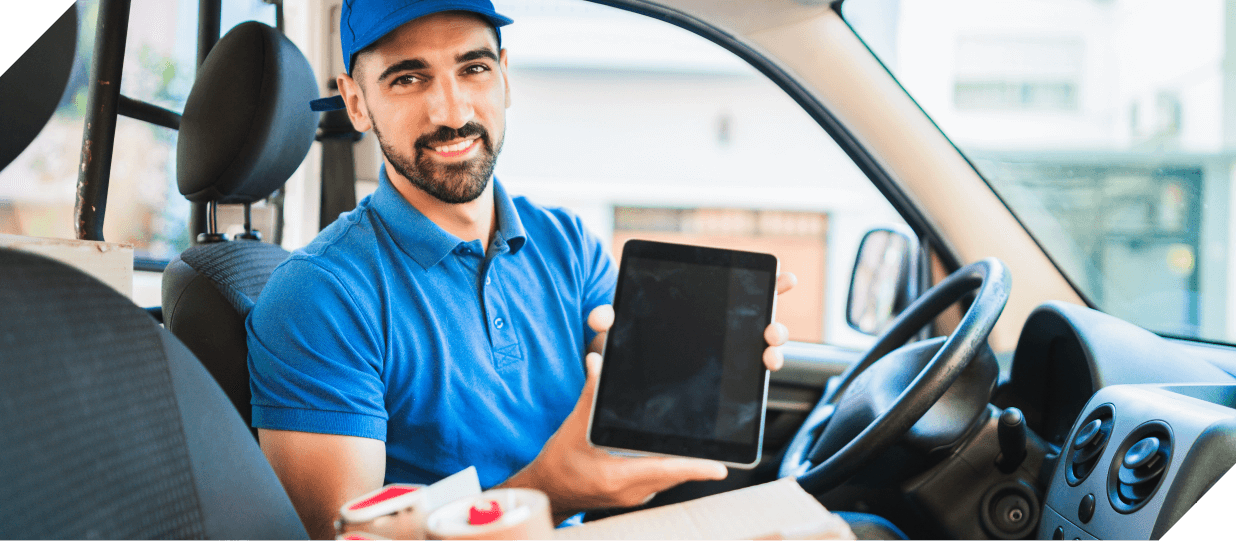
- 1. Sustainability as a growth driver
-
Consumers and regulators increasingly demand eco-friendly logistics. Companies are adopting electric vehicles (EVs), alternative fuels, and route optimization to cut emissions. Locus supports these initiatives by enabling EV-compatible route planning and reducing unnecessary miles traveled, helping enterprises align with ESG goals.
- 2. Hyperlocal fulfillment and micro-warehousing
-
Faster delivery expectations have pushed retailers to move inventory closer to customers. Micro-fulfillment centers and hyperlocal hubs reduce delivery times while lowering fuel spend. With AI-driven demand forecasting and intelligent dispatch, Locus helps businesses operationalize hyperlocal strategies profitably.
- 3. AI-driven automation and predictive routing
-
Manual planning cannot handle delivery volumes at enterprise scale. In 2025, enterprises are deploying AI-powered dispatching, predictive ETAs, and exception management. Locus’ DispatchIQ exemplifies this shift by orchestrating real-time decision-making across fleets.
- 4. Real-time visibility as a baseline
-
Omnichannel visibility and proactive communication has also become essential for customer experience. Control Tower–style platforms are no longer optional. Locus’ Control Tower provides enterprise-grade visibility, enabling managers and customers to track orders live and resolve issues before they escalate.
- 5. Delivery flexibility and convenience
-
Research shows that 39% of consumers rank speed as the top satisfaction driver, while 23% cite cost and 12% point to tracking accuracy. Flexible scheduling, live updates, and convenient rerouting are becoming industry standards. Locus addresses this trend with slot-based delivery orchestration and predictive ETAs.
- 6. Technology pilots: drones and autonomous vehicles
-
Although still in early stages, drones and autonomous fleets are being tested in high-density urban areas to cut delivery times further. Locus’ orchestration layer ensures enterprises can seamlessly integrate new technologies into existing logistics networks.
-
The future of last-mile logistics in 2025 revolves around sustainability, speed, visibility, and customer control. Enterprises leveraging AI-driven platforms like Locus will be best positioned to meet these demands profitably.
Why Locus is the #1 Last-Mile Logistics Platform?
Enterprises are under pressure to deliver faster, reduce operating expenses, and maintain customer satisfaction across complex networks. Locus positions itself as a last-mile logistics platform built to meet these demands with precision and scale.

- AI-powered dispatching
-
DispatchIQ automatically allocates orders and generates optimized delivery routes in seconds. It considers fleet size, driver availability, traffic density, and promised delivery windows. By reducing manual effort, it eliminates routing errors and improves on-time delivery performance.
- End-to-end visibility
-
The Control Tower consolidates real-time data from vehicles, hubs, and orders into a single dashboard. Managers receive immediate alerts on delays, exceptions, or bottlenecks, allowing interventions before service levels are affected. Customers benefit from accurate ETAs and live package tracking.
- Cost optimization at scale
-
Last-mile logistics consumes up to 53% of overall shipping costs. Locus lowers per-order spend by clustering deliveries intelligently, reducing failed attempts through geocoded address validation, and improving vehicle utilization. Predictive ETAs further reduce wasted trips and idle time.
- Customer-centric delivery orchestration
-
Flexible slot booking, proactive rescheduling, and transparent updates help enterprises meet the convenience demands of modern consumers. Locus automates these processes, ensuring consistency even during peak season surges.
- Future-ready logistics
-
The platform adapts to evolving enterprise requirements such as EV fleet routing, sustainability tracking, and AI-driven demand forecasting. Its architecture integrates seamlessly with existing systems, allowing businesses to scale last-mile operations without disruption.
-
See how Locus transforms last mile logistics to boost profits, cut delivery costs, and drive greater efficiency for your business.
Resources
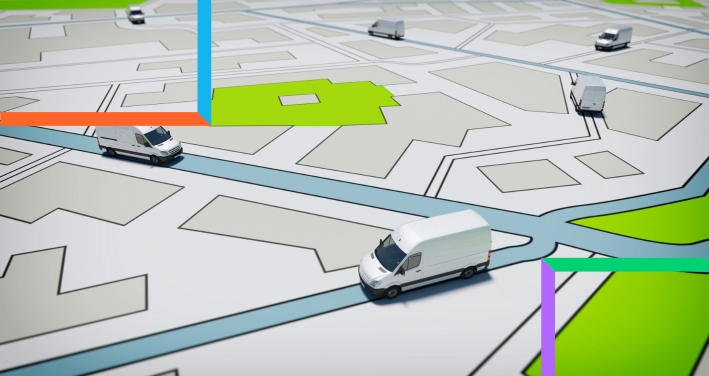
Blog
Multi-stop route planning and why is it important?
Planning multiple routes manually is a burdensome and time-consuming affair. Fleet managers should factor in various route constraints while planning routes such as traffic congestion, roadblocks, and so on. There are likely chances of making mistakes, which can ultimately result in disappointed customers.
Read moreSources:
- 1 https://www.statista.com/statistics/273958/digital-buyer-penetration-in-the-united-states/
- 2 https://news.adobe.com/news/news-details/2022/Adobe-U.S.-Consumers-Spent-1.7-Trillion-Online-During-the-Pandemic-Rapidly-Expanding-the-Digital-Economy/default.aspx
- 3 https://www.statista.com/chart/28414/important-shipping-criteria-to-us-online-shoppers/
- 4 https://www.accenture.com/_acnmedia/PDF-148/Accenture-Sustainable-Mile-POV.pdf
- 5 https://www3.weforum.org/docs/WEF_Future_of_the_last_mile_ecosystem.pdf
- 6 https://www.pwc.com/us/en/services/consulting/library/consumer-intelligence-series/future-of-customer-experience.html
- 7 https://www.statista.com/statistics/816884/last-mile-delivery-logistics-providers-challenges/
- 8 https://www3.weforum.org/docs/WEF_Pandemic_Parcels_and_Public_Vaccination_report_2021.pdf
- 9 https://news.mit.edu/2018/mit-e-commerce-spurs-innovations-last-mile-logistics-0904



